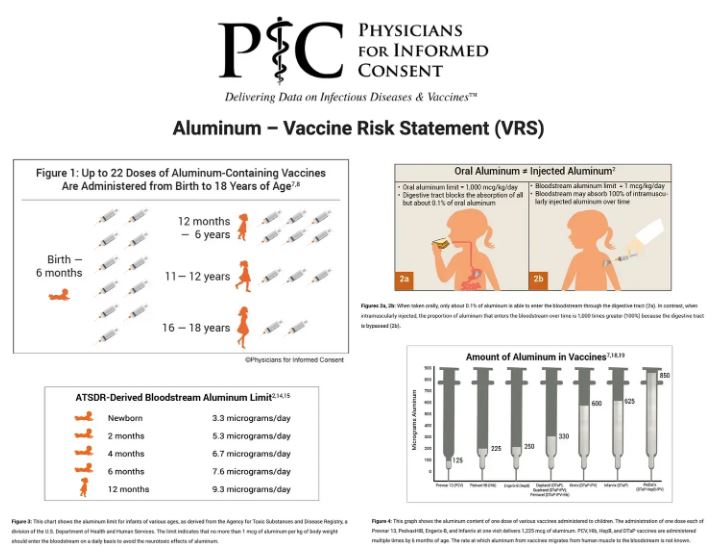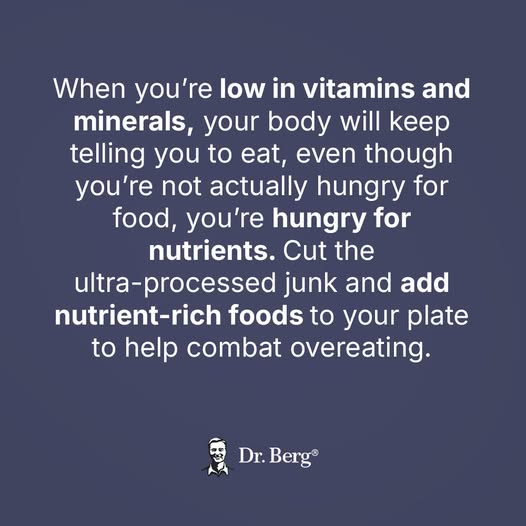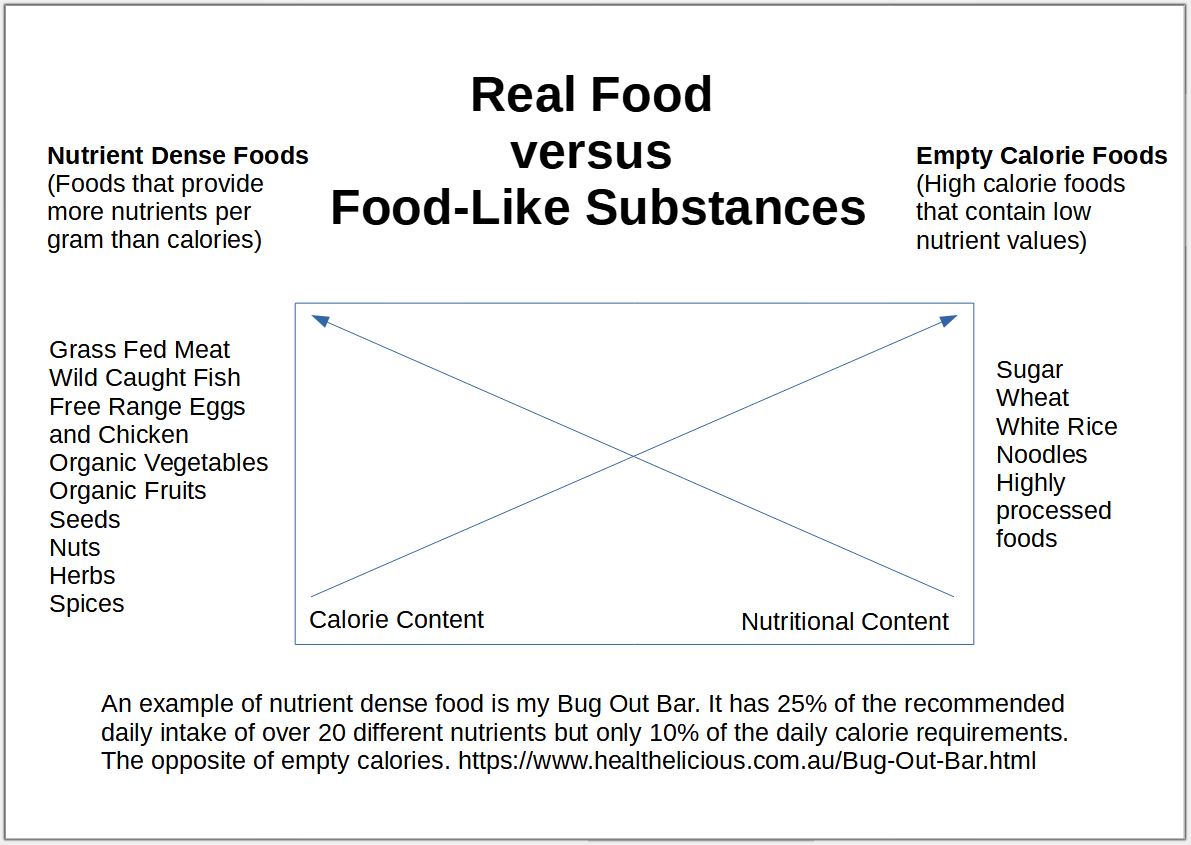
This is the same organisation to which we have just ceded authority in the case of a pandemic.
Click to view the video: https://x.com/its_The_Dr/status/1970302239991316594s

Tom's Blog on Life and Livingness

This is the same organisation to which we have just ceded authority in the case of a pandemic.
Click to view the video: https://x.com/its_The_Dr/status/1970302239991316594s
The Multi-Billion Dollar Deception That Turned Our Most Vital Molecule Into Public Enemy #1
What if everything you’ve been told about cholesterol is not just wrong, but deliberately inverted? What if the very substance demonized by a trillion-dollar pharmaceutical empire is actually essential for your survival—and lowering it is slowly destroying your brain, immune system, and will to live?
For over five decades, we’ve been sold the greatest medical lie in human history. The cholesterol hypothesis—the idea that dietary cholesterol and blood cholesterol are the primary cause of heart disease—has generated over $200 billion in statin sales while systematically poisoning an entire generation.
Read the article: https://sayerji.substack.com/p/the-cholesterol-conspiracy-how-big
Peter A. McCullough, MD, MPH
Sep 23
By Peter A. McCullough, MD, MPH
Please enjoy this full length keynote address by Dr. Peter McCullough at the annual meeting of the Association of American Physicians and Surgeons held in Washington DC on September 14, 2025. The outline of this Chautauqua style presentation is divided into three sections:
I. The first great cocaine epidemic 1860-1920
II. Smokefest 1920-1978
III. Vaccine mania 1986-present
In each example the crisis lasts for decades. Doctors participate in the harmful behaviour or procedure and do not self-correct. It takes many years of heterodox heroes calling out the problem, public outcry, court cases, congressional testimony, rooting out corruption, and finally the medical orthodoxy and citizenry are brought back to baseline which is being free or in the natural state unencumbered from the iatrogenic harm.
As illustrated in the NYT best seller Vaccines: Mythology, Ideology, and Reality, while vaccine ideology had been growing for three centuries, it was after the 1986 Vaccine Injury Compensation Act that removed product liability from immunizations that there was an explosion of new products and intensification of the vaccine schedule for children for which every state in the country has requirements for school based on vaccination status. Sadly, as Dr McCullough points out, with this development there was been was of allergic and neuropsychiatric diseases linked to excessive vaccination. To make matters worse, the autism epidemic appears to be a central driver of the transgender crisis.
Finish reading: https://open.substack.com/pub/petermcculloughmd/p/three-great-medical-controversies

In today’s autism press conference, Trump stated that they will be removing aluminum from vaccines: “We have already taken out and are in the process of taking out mercury and aluminum … You know what aluminum is? Who the hell wants that pumped into a body? … We’re having them taken out of the vaccines.”
Finish reading: https://www.thefocalpoints.com/p/aluminum-removal-from-vaccines-underway

The FDA has issued a nationwide warning about 7-hydroxymitragynine (7-OH), an opioid substance found in some products available in gas stations and convenience stores across the U.S.
7-OH binds strongly to opioid receptors and has been shown to be more potent than morphine, yet it is unregulated, lacks approved medical use, and is often sold without proper safety labeling.
Many 7-OH products are disguised as energy shots or wellness aids, often with bright packaging that looks like candy or juice. This makes them easy to grab, especially for young consumers, and they’re frequently marketed with false claims for pain, anxiety, or mood support.
Most 7-OH products sold in the U.S. are lab-altered or highly processed, delivering doses far beyond what’s found in natural kratom leaves and carrying a much greater risk of dependence and harm.
If you’ve used 7-OH products, tapering gradually, supporting your body with movement, nutrition, and professional guidance helps reduce withdrawal symptoms and support a safe recovery process.
https://articles.mercola.com/sites/articles/archive/2025/09/19/7-hydroxymitragynine-fda-warning.aspx


These five tips are some of the 18 Levers for Optimal Health I have in my book, ‘How To Live The Healthiest Life’.
Watch video: https://www.facebook.com/watch?v=1802600370658789

I could not agree more on being able to exercise our freedom of choice.
Understanding your body is key to managing it optimally.

Saw the above from Dr Berg and it reminded me of something I wrote some time back.
As a result of all this reading I have been doing on health, nutrition and diet (and some personal experience with eating) it occurred to me that just as there are different types of thought and exercise, there are at least seven different types of hunger.
Physical Hunger – is when the fuel tank is empty, the body needs nourishment. When you come in for a meal after physically working out and feel ravenous.
Nutrient Deficit Generated Hunger

Even though this could be grouped in with the first, there are some significant differences in the cause and remedy, so I’m classifying it as an individual type of hunger. It is caused not by an insufficiency of food but by nutritional deficiency in a diet of adequate quantity but sub-standard nutritional quality – empty calories. Most people address it by eating more of the same, that’s why we have a population becoming on average more overweight and obese by the year. The correct handling is to cut out the empty calories and eat more nutrient dense foods. A couple of stories so you get the full picture on this one.
Consider this. You may have heard the term ’empty calories’. Where the nutrient value of the calories is negligible. Think sugar, white flour, processed foods etc. Most of what most people eat.
If you eat foods at the other end of the scale, foods that have an abundance of nutrients compared to calories, you don’t need to worry about counting calories, your nutrient intake will be met and you will feel full long before you have consumed too many calories. As an example, my top food bar delivers 25%+ of the daily requirements of over 20 vitamins and minerals and only 10% of the calories.
When I first started Healthelicious Foods I started reading widely on the subject of food, nutrition and health. I cam across an article in the London Daily Mail that talked about more and more Brits becoming overweight or obese AND malnourished.
You may have experienced a time when a thought does a fly past but does not land. That’s what happened to me at that time. The thought was, “I wonder, when the body is not getting enough nutrients, despite adequate calories, if it says, ‘Keep eating!’”
18 months later my daughter Teal takes my then 8 year old eldest grand daughter Shianne into McDonalds where Shianne inhales two hamburgers then turns to Teal and says, “I’m still hungry, this is fake food. Can we go home and get some vegetables?”
On hearing that story the penny dropped for me. Yes, the body will feel hungry, despite adequate calories, if it is under nourished.
Another story to nail the point home. An overweight, diabetic friend came to see me. I offered him lunch, some canned, wild caught, red salmon, lettuce, tomatoes, mushrooms, capsicum. He got half way through it, pushed his plate away and said, “I can’t finish that.”
Now this is a guy who could sit down to a steak and chips that overflowed off his plate, demolish it and go back for seconds.
He said to me later that he subsequently realised, “You can’t overeat on raw food!”
As a side note, I have heard of two occasions when researchers were able to reverse diabetes with raw food diets.
Emotional Hunger – when you eat because it provides solace. I feel bad or bored – I’ll have something to eat. I’d really like some chocolate.
Excitotoxin Eating Compulsion – from yeast extract, MSG, natural flavourings etc. A feeling like you MUST have more of that! When you finish a good sized meal and feel the irresistible urge to go back for seconds, despite eating what would normally make you feel satisfied. Which is, of course, what the manufacturers of these products want you to feel.
Hormonal Hunger – when you have insufficient leptin or your leptin is not getting it’s message through. Leads to obesity.
Leptin was discovered in 1994 by researchers at Rockefeller university. They were studying a genetic line of mice who kept eating until they became obese. The mice did not know when to stop eating and they had a dysfunctional fat burning metabolism. The culprit? A missing hormone. Once injected with it their appetite was curbed and their fat burning metabolism kicked in. They called the hormone leptin from the Greek leptos for thin.
Leptin does many things in the body, two key functions of interest here are that it sends signals to the brain to stop eating and to the cells to convert fat into usable energy. One reason starvation diets do not work is that starved bodies do not produce as much leptin. With less leptin signaling the brain to stop eating of course you eat more.
Psychosomatic Hunger – that hunger you feel that comes about due to a hidden and unknown mental influence that makes you want to eat more than the body requires.
Post Stress, Cortisol Generated Hunger. Cortisol is the stress hormone manufactured by the adrenal glands and released by them when the mind detects a threat, real or perceived. Elevated cortisol levels increase the appetite – most especially for fat and sugar. Studies show that cortisol prefers to divert surplus calories to deep abdominal or visceral fat. This type of fat is more detrimental to health than your surface love handles.
~~~~~~~~~~
The personal quality control division is probably the most missing in most people’s lives. How many of us vet what we say, do, eat and spend in advance?
TARGET: Learn to stop when you say to yourself, “I feel hungry.” and learn to understand your body’s signals so you can recognise and appropriately handle the different types of hunger.